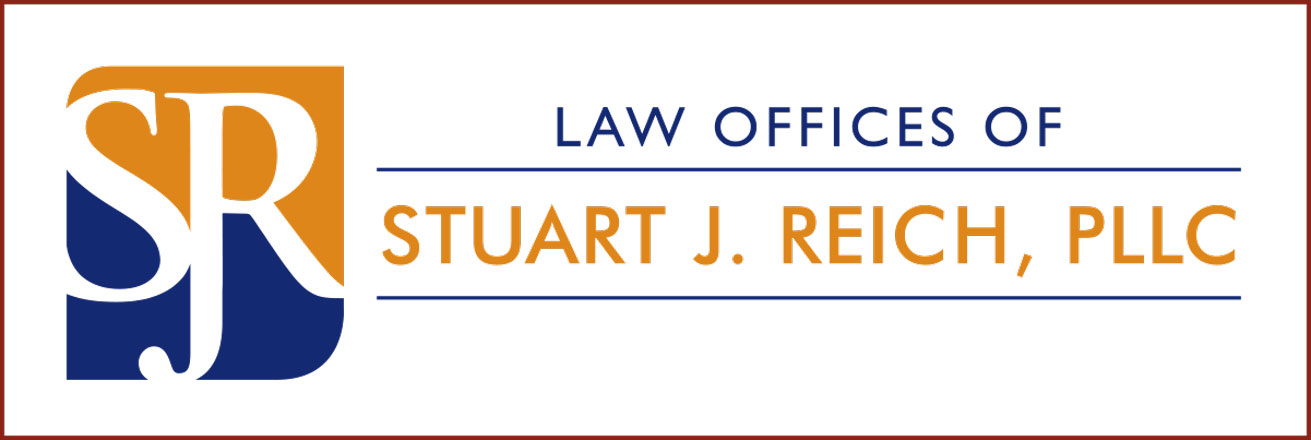11 Broadway, Suite 615 New York, NY 10004
USCIS Expanding Implementation of New Policy on Issuing Notices to Appear
US Citizenship and Immigration Services (USCIS) has announced that on November 19, 2018 it will be expanding its policy of issuing Notices to Appear, the charging document beginning removal proceedings, to denials of several other case types. USCIS has since the beginning of October been applying the policy to I-539 Applications to Extend/Change and to some I-485 Applications to Adjust Status.
The agency will now be applying the new policy to I-914/I-914A Applications for T Nonimmigrant Status (Victims of Trafficking), Forms I-918/I-918A Petitions for U Nonimmigrant Status (Victims of Crimes); I-360 Petition for Amerasian, Widow/Widower; I-929, Petition for Qualifying Family Member of a U-1 Nonimmigrant, Special Immigrant petitions (Violence Against Women Act self-petitions and Special Immigrant Juvenile); and I-730 Refugee/Asylee Relative Petitions where the beneficiary is present in the US. This will also apply to Form I-485, Application to Register Permanent Residence or Adjustment of Status applications filed with these form types.
There remains no application of the policy to employment-based cases…yet.
On June 28, 2018, USCIS had announced a new policy where Notices to Appear – the charging document beginning a removal case (what many people think of as “deportation”) would be issued by USCIS upon denial of a request for an immigration benefit if the individual did not still possess some underlying valid immigration status.
This represented a significant expansion of USCIS’ involvement in beginning removal cases…something primarily done by Immigration and Customs Enforcement (“ICE”), a different and more enforcement-oriented agency within the Department of Homeland Security. Approximate a month later, USCIS announced a delay in implementing this new policy while the agency developed operational guidance only to reverse course and begin implementing the policy for I-539 and some I-485 cases even without such guidance.
We had covered the original announcement at the time here and the revised guidance delaying implementation here. We covered September’s limited implementation announcement here.
